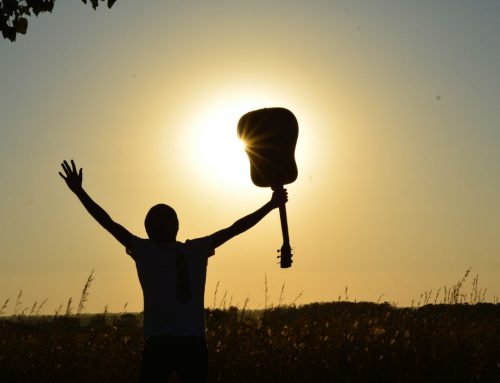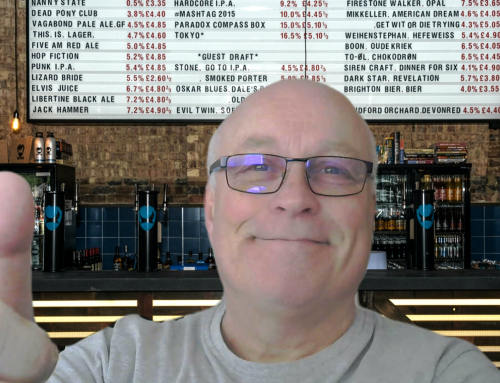I spent two very happy years commuting back and forth to Berlin between 2010 and 2012. I’d never been to the city before and didn’t know what to expect. I was working in Mitte, the central district that featured The Brandenburg Gate, Alexanderplatz, Checkpoint Charlie and Bernhauer Straße, scene of people jumping out of windows to get to the West in 1961.
It was a interesting place. The history was there for all to see. Bullet holes still in buildings that had been there since World War II, and which had subsequently been used by the Stasi. Plaques in the cobbled streets showing where holocaust victims had been taken to death camps. Sections of “Die Mauer” turned into art galleries. Disused factories and air-raid shelters that were used by squatters and turned into clubs, skate parts and climbing wall. All sat next to a fenced-off railway siding that had still not been cleared of unexploded allied bombs.
During the eruption of the Icelandic volcano Eyjafjallajökull, I spent an unscheduled weekend wandering around bits of the city I’d not seen before. But apart from a short walk through Kreutzberg I never really saw “The West”. After wards people asked me if I’d seen Kurfürstendamm, or if I’d been to The Zoo. I had no interest. The East was more interesting. More different. There were still some sad things to see, such as a dreadfully thin, clearly drugged up prostitute plying her trade and the armed guards standing outside the Synagogue on Oranienburger Straße in case of trouble. But, all-in-all, it was educational and emotional.
The other thing about Berlin that fascinated me was the population. I was told the place was built for 8 million people, but has only housed around 4 million. You could be exempt from National Service if you lived in Berlin, so naturally it was full of lefties, artists & musicians. My idea of heaven. You could walk safely around the streets and see very few people. Those I did talk to had great stories from the days before the Wall came down.
I know that many of the places I visited have now gone. Mitte was the prize in the eyes of so many real-estate agents and companies, the value of land being so cheap. These locations will be homogenized into a typically western city look-and-feel. Close your eyes and you’ll have no idea where you are. This is sad for a city that is as unique as Berlin.
So as 30 years since the fall of the Wall is celebrated, remember that this history will be gone soon, as will the people that lived it. If you get the chance, go and visit. Experience it or yourselves, if only just for one day.







Leave A Comment